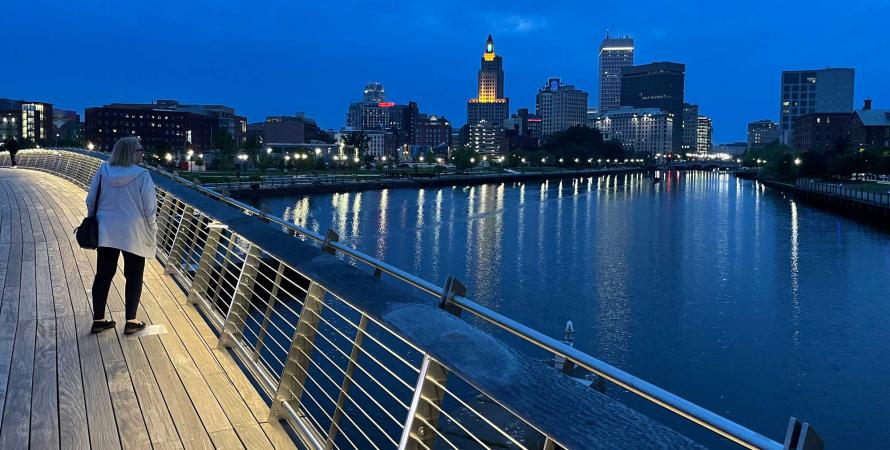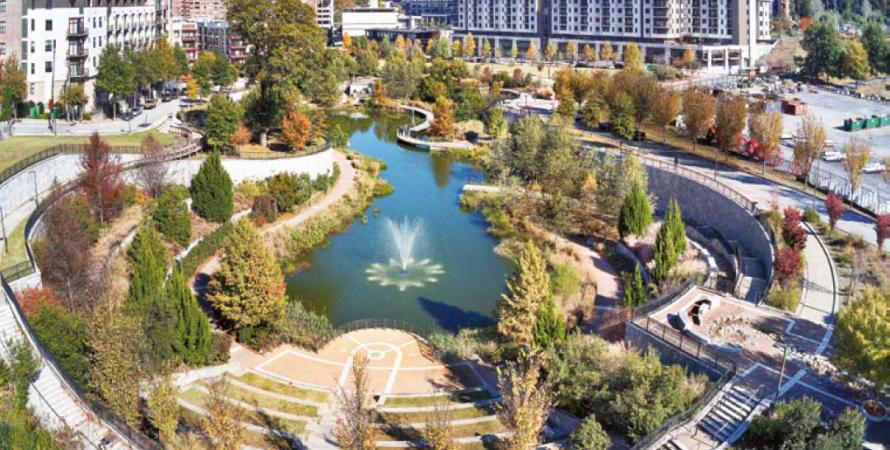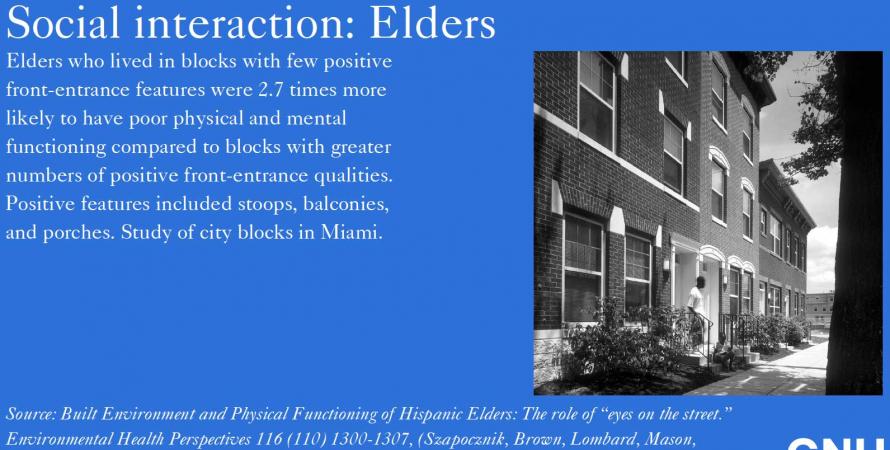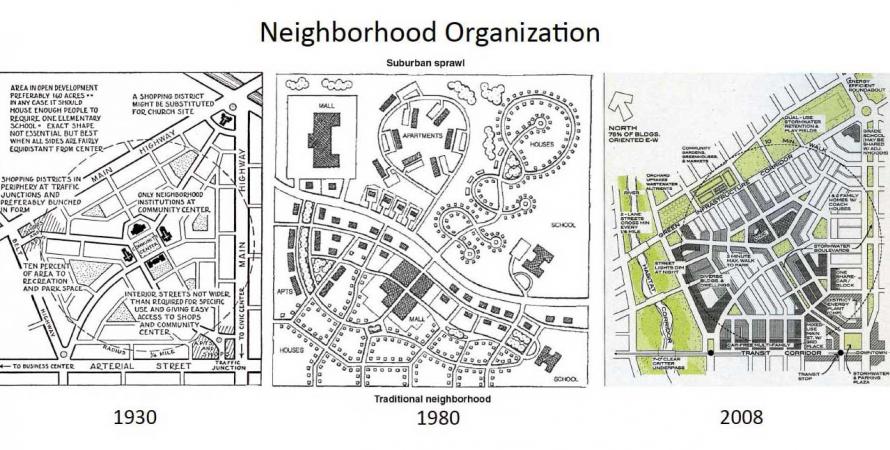-

Regional networks and local character: CNU33 explores Providence
The 33rd annual Congress for the New Urbanism will explore national and international planning issues like housing and climate change through the lens of New England’s cities and towns.Every planner and urbanist we’ve met has been filled with a strong sense of wanderlust and often grew up, went to school, got a job, and settled in different parts of the United States or the world. But there’s something about New England that transforms restless explorers—including urbanists—into...Read more -

Trails, greens, and housing trending for retrofit
Williamson and Dunham-Jones explain what's hot in reforming suburbs on CNU’s On the Park Bench.The suburban built environment has symbolized America since the 1950s, and it desperately needs an upgrade. Many malls, commercial strips, and office parks are struggling or dying, unable to compete with the Internet and hurt by remote work. Architectural professors June Williamson and Ellen Dunham...Read more -

Why build a stoop or porch?
Urbanists emphasize front-entry features like stoops and porches, which appear prominently in form-based codes—whereas they are less important or rarely mentioned in conventional zoning. Urbanists place high importance on frontage features because they transition people from the public to the...Read more -

How urban designers came full circle
A profession that began by designing complete, traditional neighborhoods in the 19th Century, then soundly rejected that philosophy, has now returned to the walkable neighborhood model in this century.I have been reading a fascinating document—an AIA continuing education course that includes the most lucid history of urban design that I have read. The history is Unit 1 of a four-part course, Urban Design For Architects: Space, Place, And Urban Infrastructure , written by David Walters ,...Read more